Lightning Strikes Are Known to Damage Trees — But a Tropical Plant Uses the Blast to Kill ‘Enemies’
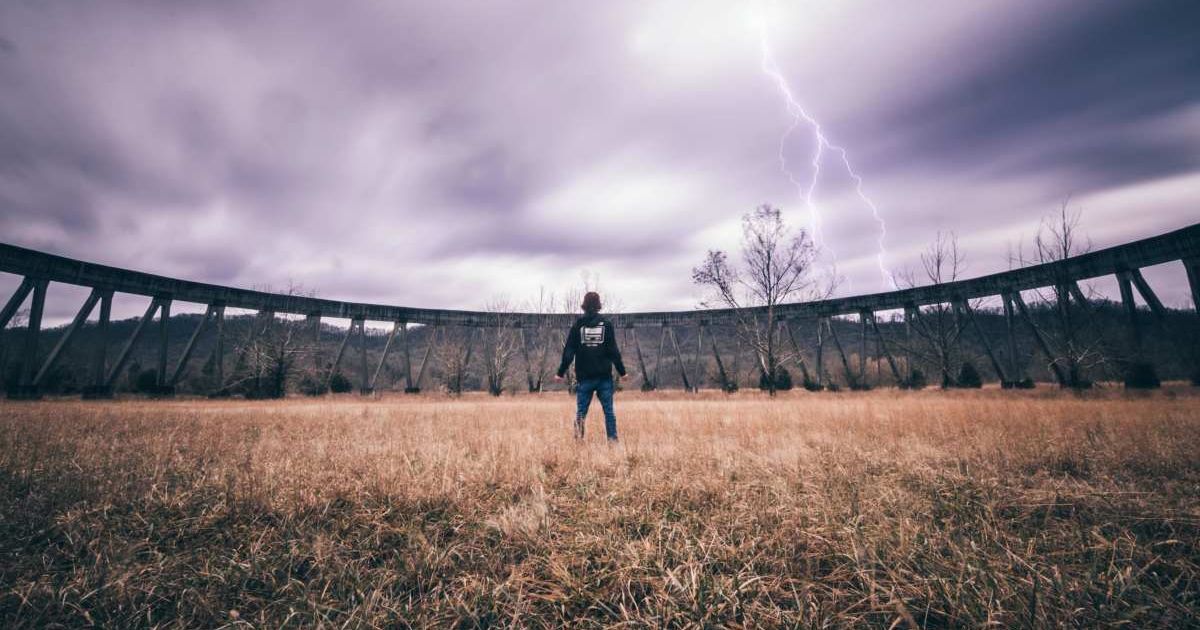
The saying, ‘Survival of the fittest,’ was made famous by naturalist Charles Darwin, but a tropical rainforest in Panama is a living example of it. Researchers have found a tree species that possesses the ability to survive lightning strikes, a major factor in tree mortality across the globe. This tree species not only survives the lightning strikes, but also redirects the natural calamity to its advantage by eliminating its competitors. In a new study published in the journal New Phytologist, scientists closely monitored how lightning strikes shape forest structure and species composition to understand the resilience of the rainforest in the wake of climate change. Amidst that, they discovered the superpowers of the tonka bean tree.
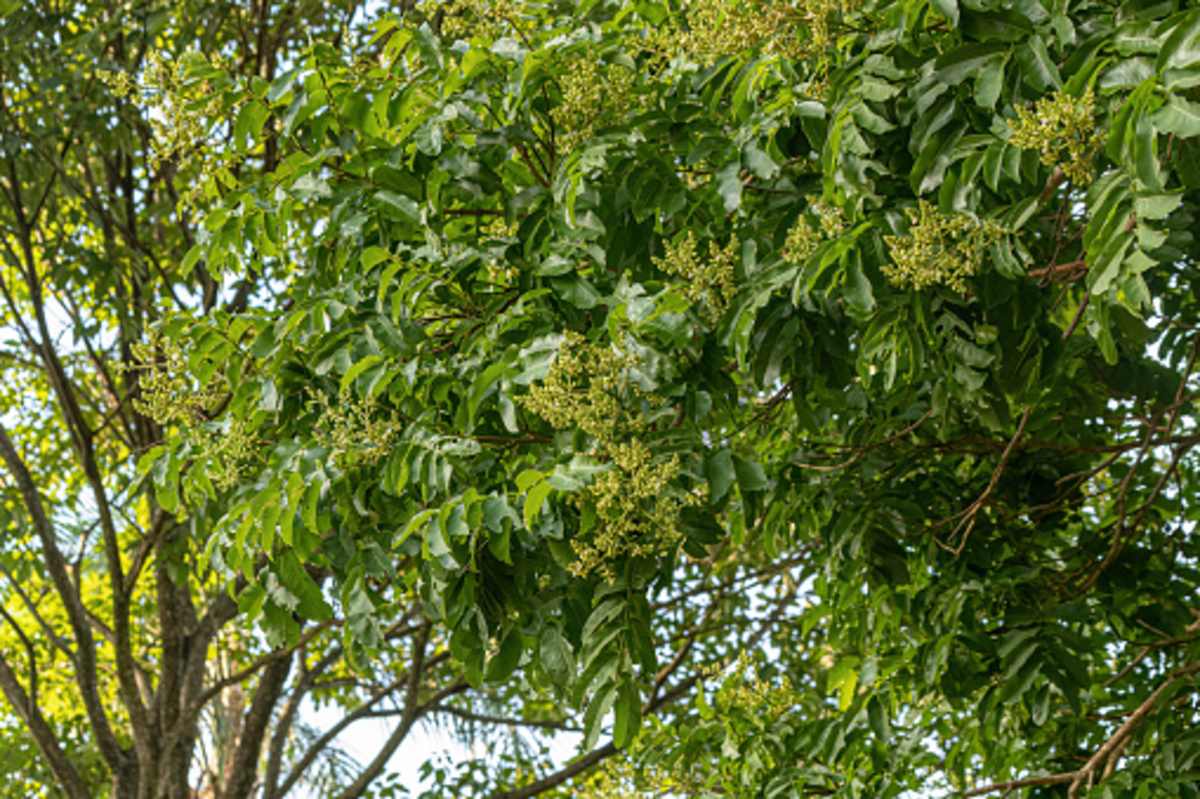
Tonka bean trees - Nature's wonder
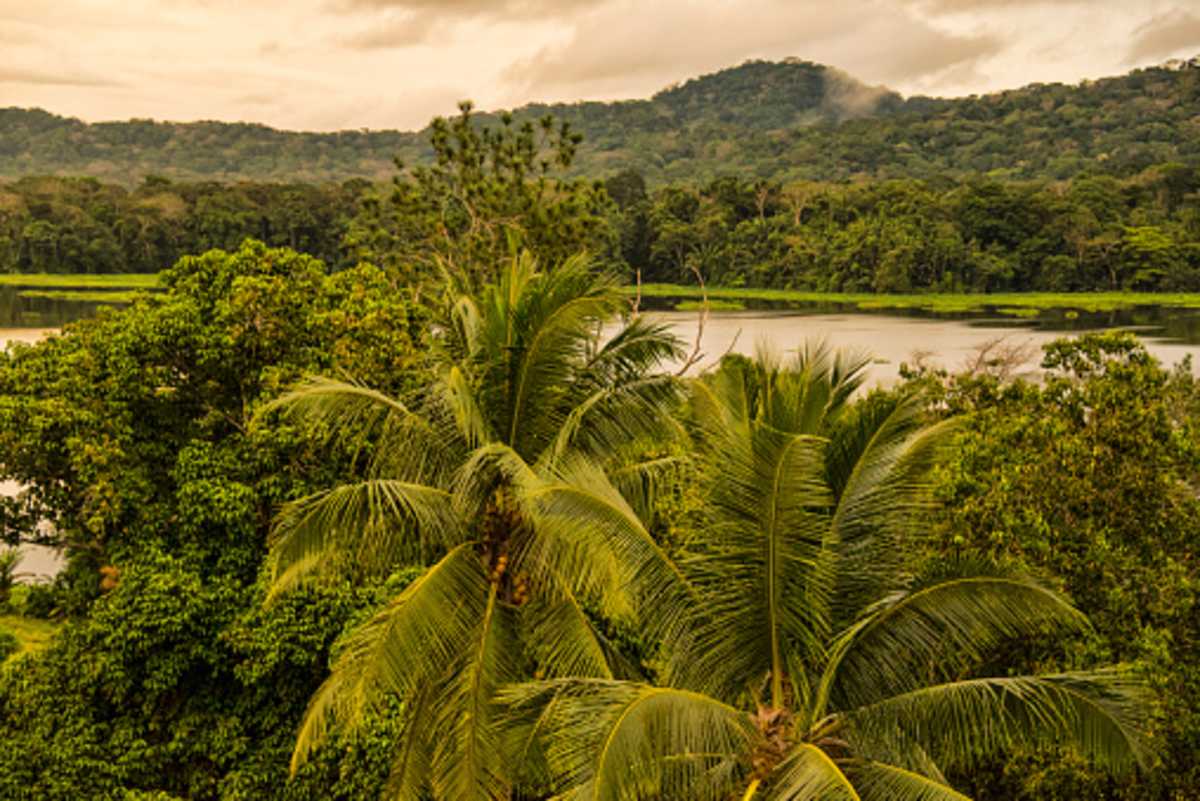
Lightning strikes lead to the destruction of forests. The tonka bean tree, scientifically known as Dipteryx oleifera, has developed a mechanism that benefits from lightning rather than enduring destruction. Researchers began studying the impact of electrical encounters on the tree species and how it removes its competitors and the parasitic vines called lianas that cling to the tonka bean trees for survival. Therefore, using a custom-built system of electric field sensors and cameras that track, analyze, and plot graphs, the researchers were able to study about 100 lightning events in Panama’s Barro Colorado Nature Monument.
Evan Gora, a forest ecologist at the Cary Institute of Ecosystem Studies, told Live Science, "We started doing this work 10 years ago, and it became really apparent that lightning kills a lot of trees, especially a lot of very big trees. But Dipteryx oleifera consistently showed no damage.” Trees are essential as a carbon source and to support the biodiversity of a forest, but the damage caused by frequent lightning strikes is difficult to compensate for. More so, climate change and rapid deforestation do not help. Hence, the researchers studied the exact points of strikes and evaluated the damage done with a high-resolution detection system to find the surprising results about the tonka bean species. @cary_institute shared a YouTube video showing detailed glimpses of the tree species.
Withstanding lightning strikes
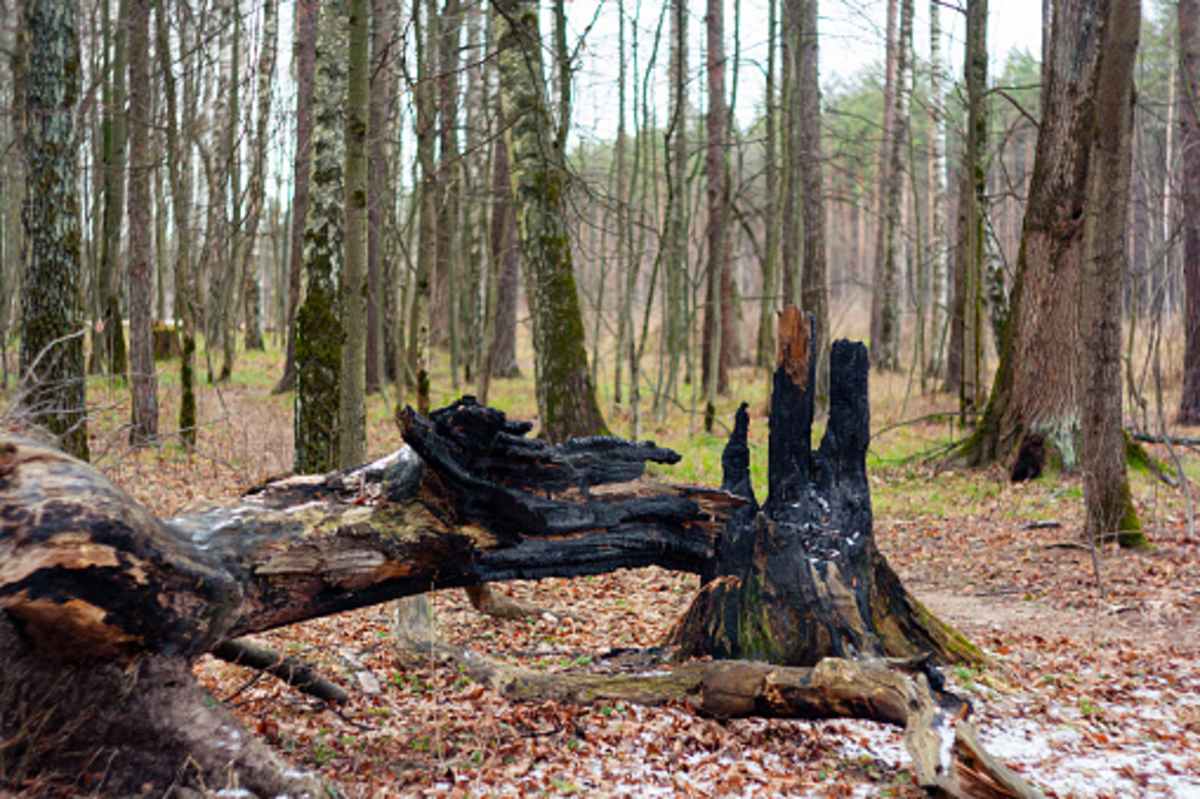
While most of the flora crumbled and burned down with lightning storms, tonka bean trees stood tall, showing no signs of damage. Gora explained, “Over those 40 years, there's a quantifiable, detectable hazard of living next to Dipteryx oleifera. [As a tree], you are substantially more likely to die than live next to any other big old large tree in that forest.” The secret was the tree species' physical structure and high internal conductivity, which enabled the electricity from the lightning to flow through without damaging the tree. To put it into perspective, it is similar to the earthing provided on tall buildings and houses.
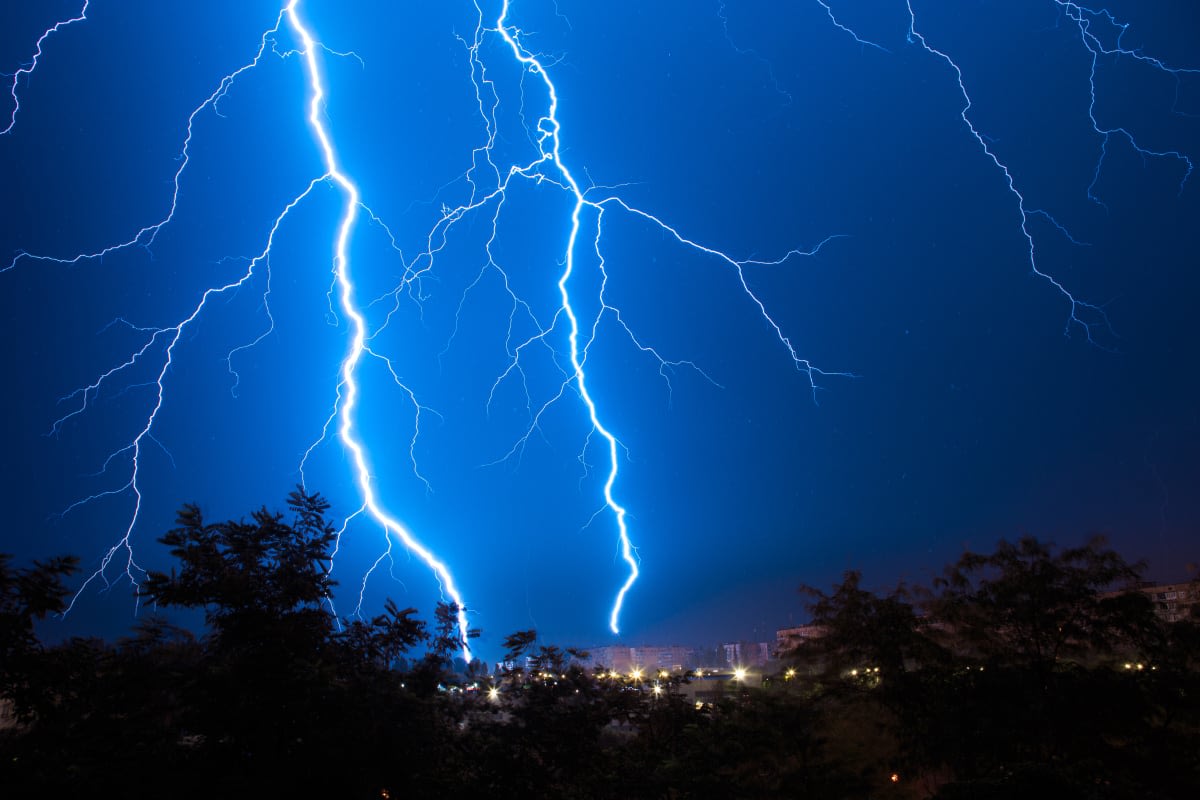
As a result, the tonka bean trees grow up to 130 feet and live on for centuries, leaving their competitors way behind. There’s no limit as to how many strikes the trees can endure. However, it does increase the trees’ lifetime seed production by 14 times more than before. Gregory Moore, a horticulturalist from the University of Melbourne, correlated the findings to other vegetation, like woodlands and low woodlands.
More on GreenMatters
Scientists Just Found Out Plants ‘Talk’ to Each Other — Especially About Their Natural Enemies
A 'Lazy Sloth' Robot Hanging on Forest Trees is Quietly Protecting Our Planet: 'Slow is Better'